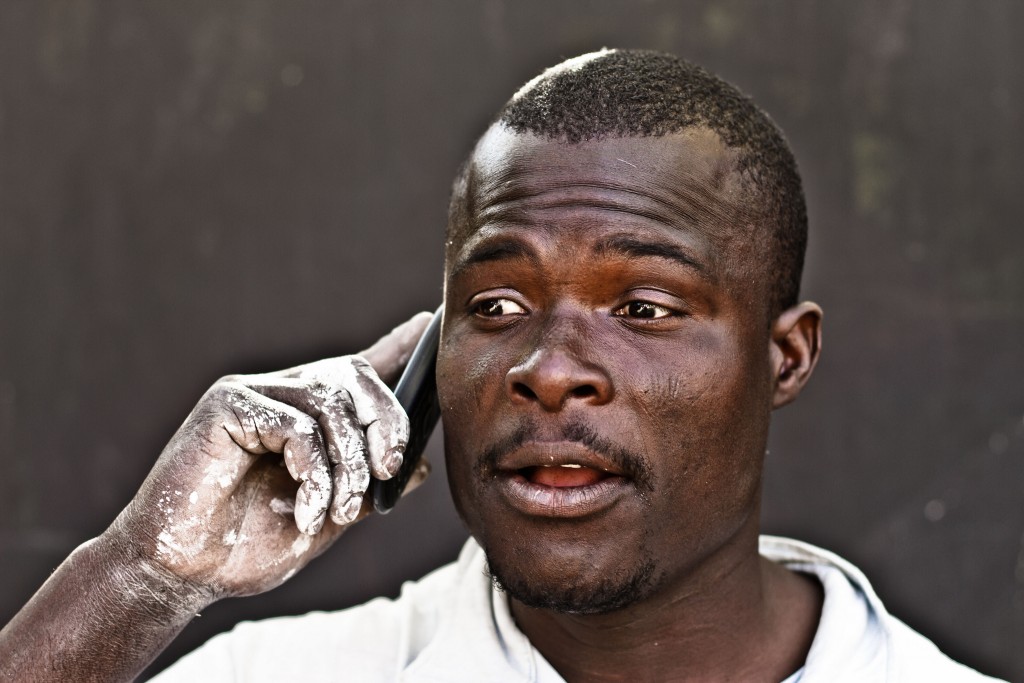New and cost-effective services, and the increasing sales of low-priced handsets,are creating exciting prospects for operators in the East African telecommunications market. Market liberalisation and fierce competition are also driving network providers to further expand into neighbouring countries, fuelling telecommunications development.
New analysis from Frost & Sullivan, The Telecommunications Market in East Africa—Key Fixed and Mobile Market Indicators, finds that the mobile communications market in East Africa is growing steadily at 11 per cent during 2013-2014. However, the penetration of fixed-line subscribers remains low (just over one per cent), as most incumbents are state-owned enterprises with a monopoly over operations.

Affordability and a favourable regulatory climate have resulted in Kenya having the most-developed telecommunications market
The report also indicates that East Africa has a high adoption rate of mobile money, with Kenya accounting for the highest mobile money penetration in Africa. Low insurance and eCommerce penetration, coupled with booming mobile money services, are a win-win situation for telecommunications companies as they look to expand the mobile ecosystem. Select African countries covered in this report include Kenya, Rwanda, Seychelles and Uganda.
Affordability and a favourable regulatory climate have resulted in Kenya having the most-developed telecommunications market, while Rwanda has shown that its landlocked location is not a barrier to telecommunications development. Seychelles’ tourism driven economy has boosted growth of the telecommunications market, while competition in Uganda has shown that the market is ready for consolidation.
“The escalating adoption of smart devices and machine-to-machine (M2M) connections will push 3G and 4G uptake to surpass 2G in the next three years,” said Frost & Sullivan Digital Transformation Research Analyst Deepti Dhinakaran. “The implementation of national broadband plans will accelerate access to Internet services and strengthen operators’ profits.”
Although East Africa presents several growth opportunities, poor connectivity in rural areas, limited funds for fixed infrastructure upgrades, and inadequate incentives for private entity participation curb market prospects. Social and political uncertainty in Sudan, South Sudan and Somalia also add to the challenge.
Adopting public private partnership (PPP) models that boost the inflow of foreign investments will be critical in building more sophisticated infrastructure. In addition, diversifying solutions to include eCommerce services in collaboration with the tourism, retail, and automobile sectors will enable telecommunications vendors to retain their market shares.
“Alliances forged between banks and operators to deliver airtime top-ups and remittance transfers, for example, are redefining telecommunications business models,” noted Dhinakaran. “Furthermore, insurance agencies are leveraging consumers’ trust in telecommunications providers to offer mobile insurance services.”
Operators are venturing into mobile financial services and infrastructure leasing to remain competitive and relevant, thus encouraging the transition to more advanced telecommunications services and paving the way for a truly connected East Africa.
